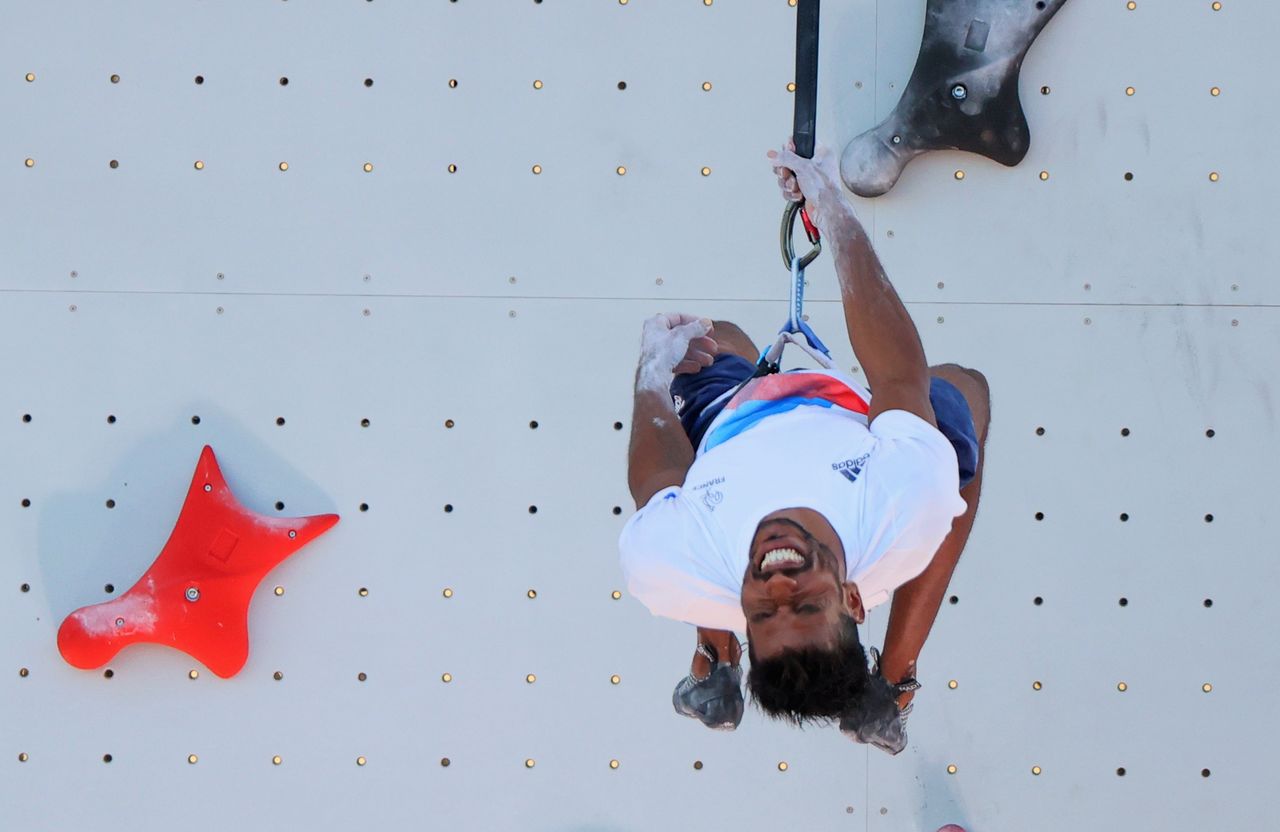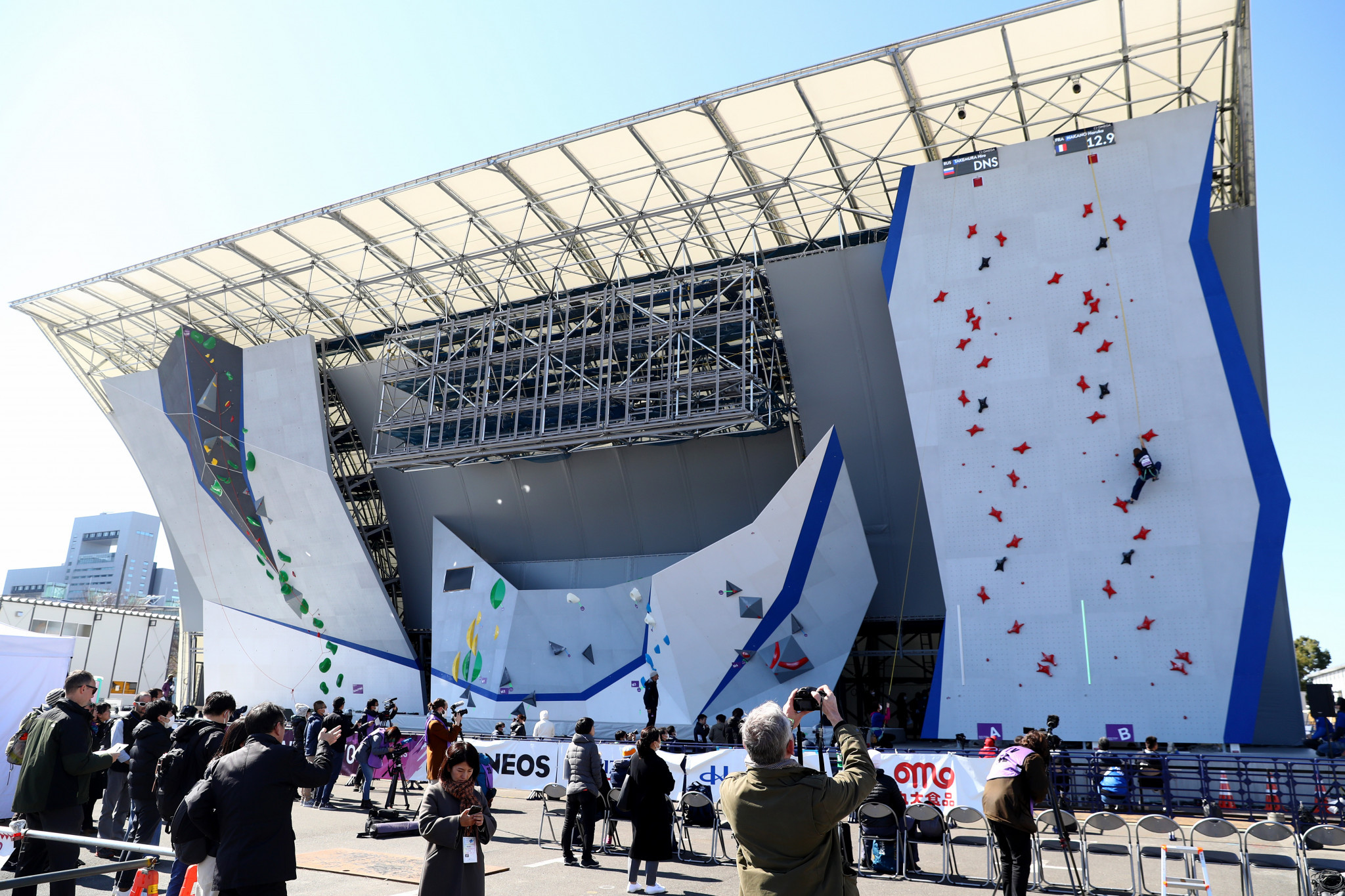The Rise of Sport Climbing in the Olympics

Sport climbing, a discipline that challenges both physical prowess and mental fortitude, has witnessed a remarkable ascent to the global stage, culminating in its inclusion in the 2020 Tokyo Olympics. This inclusion marked a pivotal moment, propelling the sport into the limelight and fostering its growth across the world.
The History of Sport Climbing
Sport climbing, a form of rock climbing that involves ascending pre-set routes on artificial or natural rock faces, has roots that stretch back to the early 20th century. The origins of the sport can be traced to mountaineering and early forms of rock climbing, where individuals sought to conquer challenging peaks and cliffs. However, it was in the 1980s and 1990s that sport climbing gained momentum, evolving into a distinct discipline with its own unique techniques, equipment, and competitions.
Impact of the Olympics on Sport Climbing
The inclusion of sport climbing in the Tokyo Olympics was a watershed moment, propelling the sport to unprecedented heights of popularity and global reach. The Games served as a platform to showcase the sport’s athleticism, technicality, and captivating nature to a vast international audience. The exposure generated by the Olympics significantly boosted the sport’s profile, attracting a new generation of climbers and igniting a surge in participation worldwide.
Disciplines within Sport Climbing
Sport climbing encompasses three distinct disciplines, each demanding unique skills and strategies:
Lead Climbing
Lead climbing is a test of endurance, strength, and strategy. Climbers ascend a pre-set route, clipping their ropes to protection points along the way. The climber must reach the top of the route or the highest point they can reach within a set time limit. The climber’s performance is judged based on the height they reach and the number of protection points they clip.
Bouldering
Bouldering involves climbing short, challenging routes, typically on a low wall without ropes. Climbers rely on their strength, agility, and problem-solving skills to navigate the intricate holds and sequences. The focus in bouldering is on technical difficulty and creative movement, rather than height.
Speed Climbing
Speed climbing is a thrilling test of speed and precision. Climbers race against the clock to ascend a pre-set route, using specialized equipment and techniques to maximize their speed. The route is typically short and vertical, demanding explosive power and quick reflexes.
Analyzing the 2020 Tokyo Olympics Sport Climbing Competition: Sport Climbing Combined Olympics Live

The 2020 Tokyo Olympics marked a historic moment for sport climbing, as it made its debut as an official Olympic discipline. The competition showcased the incredible athleticism and technical prowess of climbers from around the world, capturing the attention of audiences and inspiring a new generation of climbers.
Comparison of Top Performers
To better understand the competition’s dynamics, it’s helpful to analyze the performance of the top three male and female athletes in each discipline: Speed, Boulder, and Lead. The following table compares and contrasts their achievements, providing insights into their strengths and areas for improvement:
| Discipline | Male Athlete | Female Athlete | Notable Performance |
|---|---|---|---|
| Speed | Alberto Ginés López (ESP) – Gold | Janja Garnbret (SLO) – Gold | Ginés López set a new Olympic record in the Speed discipline, while Garnbret dominated the event with a flawless performance. |
| Boulder | Adam Ondra (CZE) – Silver | Janja Garnbret (SLO) – Gold | Ondra showcased his exceptional problem-solving skills, while Garnbret’s consistent performance earned her another gold medal. |
| Lead | Alberto Ginés López (ESP) – Gold | Janja Garnbret (SLO) – Gold | Ginés López’s impressive climbing technique and mental fortitude earned him the gold medal, while Garnbret continued her dominance with a third gold medal. |
Key Moments and Events, Sport climbing combined olympics live
The sport climbing competition in Tokyo was filled with memorable moments and events that captivated audiences worldwide. Here’s a timeline highlighting some of the most significant occurrences:
- August 3, 2021: The sport climbing competition officially begins at the Aomi Urban Sports Park, marking the discipline’s debut at the Olympics.
- August 4, 2021: Janja Garnbret (SLO) dominates the women’s Speed discipline, setting a new Olympic record and showcasing her incredible speed and agility.
- August 5, 2021: Alberto Ginés López (ESP) becomes the first Olympic gold medalist in sport climbing, securing victory in the men’s combined event.
- August 6, 2021: Janja Garnbret (SLO) wins the women’s combined event, securing her third gold medal of the competition and solidifying her status as a dominant force in sport climbing.
Memorable Performances
The 2020 Tokyo Olympics featured numerous memorable performances that left a lasting impact on the sport. Here are some of the most impactful moments:
- Janja Garnbret’s Dominance: Garnbret’s performance in Tokyo was nothing short of exceptional, securing three gold medals in the Speed, Boulder, and combined events. Her consistency, technical prowess, and unwavering focus made her an unstoppable force in the competition.
- Alberto Ginés López’s Historic Victory: Ginés López’s victory in the men’s combined event marked a significant moment for sport climbing, as he became the first Olympic gold medalist in the discipline. His impressive climbing technique and mental fortitude under pressure made him a true champion.
- Adam Ondra’s Silver Medal Performance: Ondra, a renowned climber known for his exceptional problem-solving skills, secured a silver medal in the men’s Boulder event. His performance showcased the depth and talent of the men’s field.
The Future of Sport Climbing in the Olympics

The inclusion of sport climbing in the 2020 Tokyo Olympics marked a significant milestone for the sport, propelling it onto the global stage and sparking widespread interest. As the sport continues its journey within the Olympic movement, exciting possibilities lie ahead, shaping the future of sport climbing and its impact on the world.
Potential Changes to the Format and Disciplines
The current Olympic sport climbing format combines three disciplines: lead climbing, bouldering, and speed climbing. This format aims to showcase the diverse skill sets required in the sport. However, there are ongoing discussions about potential adjustments to this format, driven by the desire to enhance the spectacle and create a more balanced competition.
One possibility is to introduce a fourth discipline, such as difficulty climbing, which involves ascending a route with a single rope and a fixed belay. This addition would provide a more comprehensive representation of the sport’s various facets. Alternatively, the format could evolve by introducing a combined event that integrates multiple disciplines, such as a “Boulder-Lead” competition, where athletes compete in both bouldering and lead climbing within a single event.
Another potential change involves adjusting the scoring system to create a more dynamic and engaging experience for both athletes and spectators. For instance, incorporating a “bonus point” system for specific achievements, such as completing a difficult move or achieving a high-speed ascent, could add excitement and encourage strategic decision-making.
These potential changes aim to ensure that the sport climbing competition remains engaging and captivating for both athletes and viewers.
Challenges and Opportunities for Continued Growth and Development
As sport climbing continues to gain popularity, it faces both challenges and opportunities in its pursuit of sustained growth and development. One key challenge is the need to expand access to climbing facilities and resources, particularly in developing countries. This involves increasing the availability of climbing walls, gyms, and coaching programs to foster a wider participation base.
Another challenge is the need to address safety concerns, ensuring that climbing environments are safe and accessible to climbers of all skill levels. This involves promoting proper training, equipment safety, and risk management practices.
Despite these challenges, sport climbing has a unique opportunity to capitalize on its growing popularity and connect with a wider audience. The sport’s inherent accessibility, as it can be enjoyed by individuals of all ages and abilities, makes it a compelling choice for people seeking physical activity and adventure.
The Olympics’ Role in Global Impact and Accessibility
The Olympic platform provides sport climbing with a powerful opportunity to enhance its global impact and accessibility. The international exposure generated by the Games can inspire new generations of climbers and encourage participation in the sport worldwide.
The Olympics can also contribute to the development of sport climbing infrastructure and resources in developing countries. By leveraging the Games’ global influence, organizations can secure funding and support for building climbing facilities and training programs, expanding the sport’s reach and fostering talent development.
Furthermore, the Olympics can promote diversity and inclusivity in sport climbing by showcasing athletes from diverse backgrounds and abilities. This can inspire greater participation and break down barriers that may have previously limited access to the sport.
In conclusion, the future of sport climbing in the Olympics holds immense promise. The sport’s dynamic format, its inherent accessibility, and its potential for global impact make it a compelling addition to the Olympic program. By embracing innovation and addressing key challenges, sport climbing can continue to grow and thrive, inspiring generations to come.
Sport climbing combined olympics live – The tension in the air is palpable as the climbers ascend the wall, each move a calculated risk. It’s a ballet of strength and strategy, a spectacle that demands your full attention. After the competition, imagine sinking into an oversized club chair outdoor , a plush haven for contemplation and replaying the thrilling feats of athleticism you just witnessed.
The Olympic spirit, the thrill of the climb, and the comfort of a well-deserved rest – all intertwined in a perfect moment of sports appreciation.
The adrenaline rush of watching sport climbing combined at the Olympics is undeniable, but the thrill of reaching the summit after a grueling climb is truly unparalleled. For those who prefer a more leisurely ascent, the bruno outdoor chair lift offers a scenic and comfortable way to experience the beauty of the mountains.
Whether you’re a seasoned climber or a casual observer, the exhilaration of reaching new heights is a universal experience.